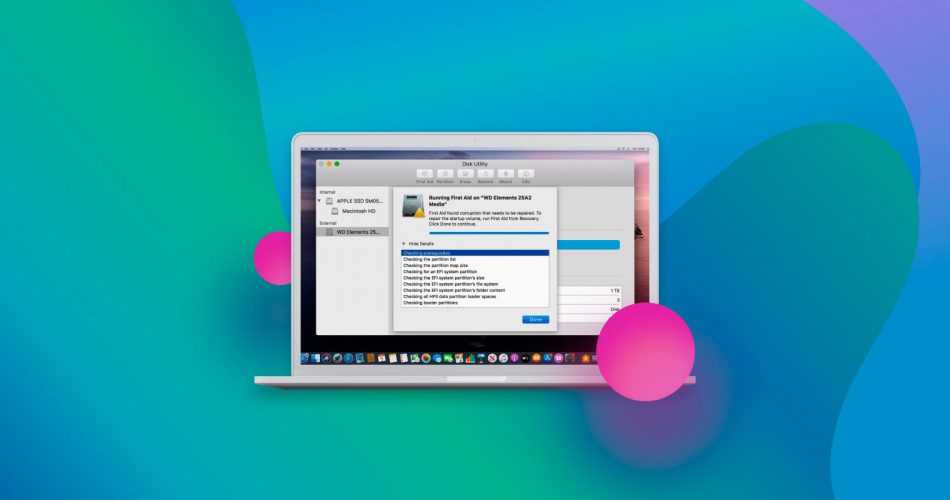
Plenty of other data recovery methods are available, and they can be used to recover lost data from Recovery Mode as well.īecause the method described below is really just a different way of moving deleted files from Trash to a different location, it works only when the files you want to recover are actually present in Trash. If you’ve never used the Terminal app in macOS and are not comfortable with the idea of following our step-by-step instructions to recover lost data with it, then there’s no reason to force yourself to use it. Since the Terminal app is accessible even from Recovery Mode, you can use it to recover data in situations when booting into macOS is not readily possible. The Terminal app in macOS provides a command-line interface through which you can do everything from performing basic operations, such as moving files from one folder to another, to controlling entire applications. You can also drag and drop selected files outside the Trash folder, such as to your desktop.
RESTORE DELETED FILES MAC OS X FREE MAC
In the above-described situations, it’s best to skip this and the following method altogether and move directly to the last three methods described in this article, which can be used to recover permanently deleted files on Mac and, in the case of the last method, repair physical damage.įollow the steps below to recover deleted files from Trash:

What’s great about Trash is that it’s 100% reliable in terms of data recovery results.

As such, this method is best for addressing recent data loss, such as when you accidentally delete the wrong file. Trash is a temporary storage area for recently deleted files, which stay there for 30 days before automatically becoming deleted.


 0 kommentar(er)
0 kommentar(er)
